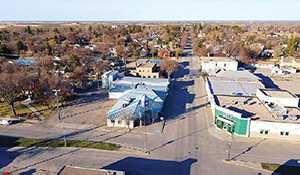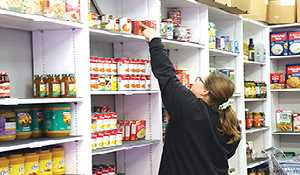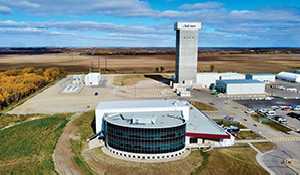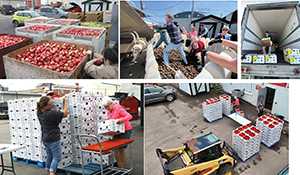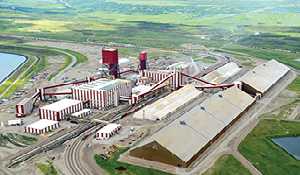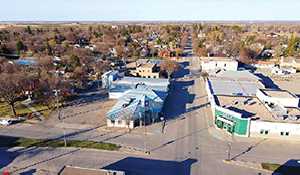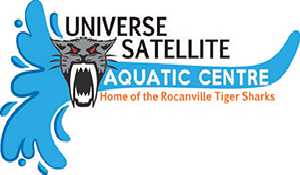Expanded TMEI funding aims to grow Sask mining industry
September 3, 2024, 3:40 pm
Ryan Kiedrowski, Local Journalism Initiative Reporter
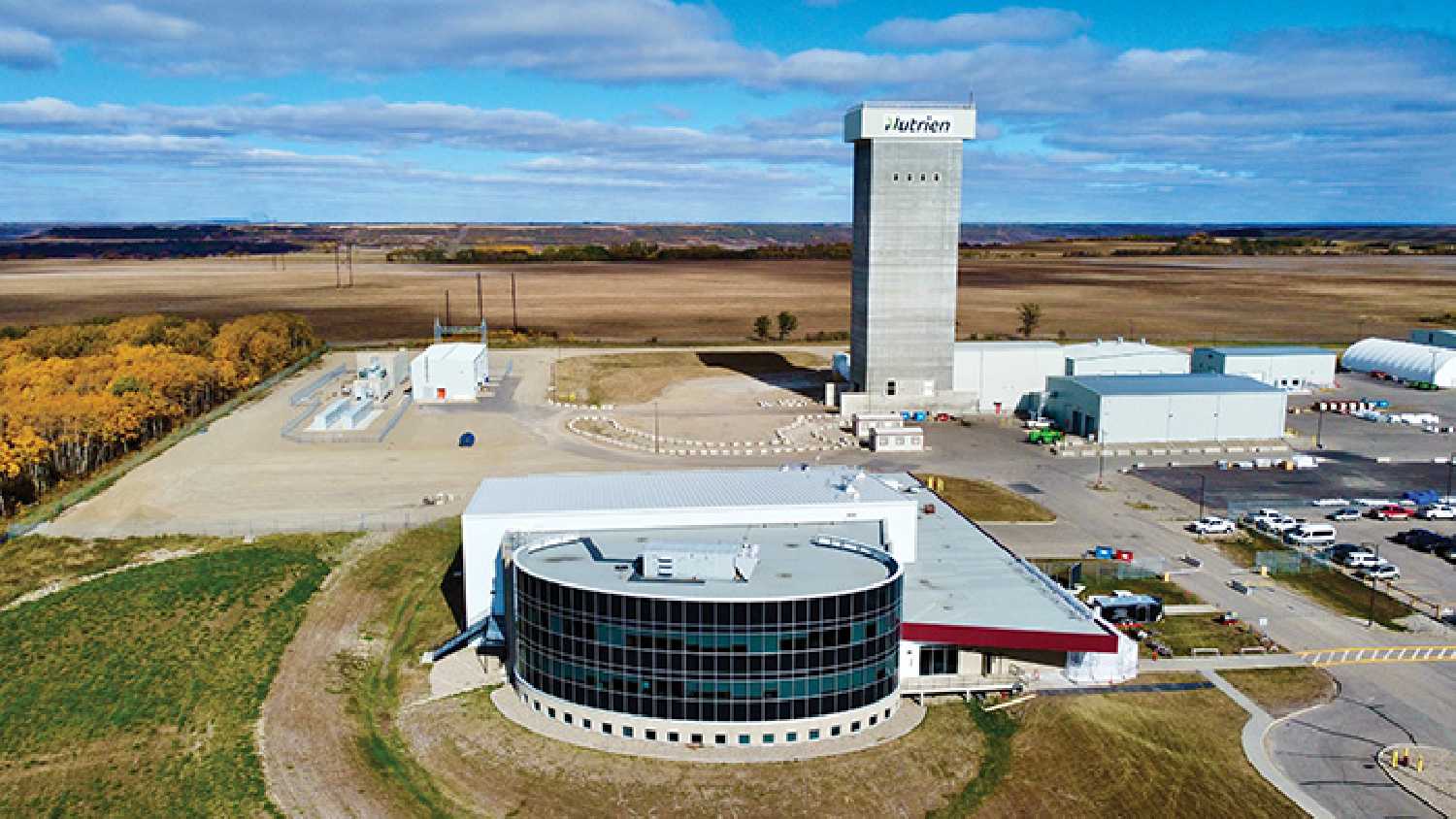

Saskatchewan is growing to become a mineral exploration hot spot, and the government is keen on attracting more new business development. Recently, the Ministry of Energy and Resources’ Targeted Mineral Exploration Incentive reported an increase in its annual funding cap—up from $750,000 to $4 million, also expanding the program’s scope in the process to include all hard rock minerals in any region throughout the province.
“We’re open for business and proud of it,” said Energy and Resource Minister Jim Reiter. He credits competitive exploration support programs like the TMEI as being attractive to perspective companies looking to set up shop in Saskatchewan.
The incentive is designed to focus specifically on mineral exploration, and even more specifically on drilling. Companies that have drilled for hard rock minerals over the past year can submit an application to the TMEI and would be eligible for a 25 per cent grant towards drilling costs, up to a maximum of $50,000 per year for uranium and $150,000 per year with all other hard rock minerals.
The TMEI program first launched back in 2018 with a goal to diversify the provincial mineral sector. At that time, it was a route to help bolster drilling and exploration, but with last year’s Critical Minerals Strategy, one goal was to increase Saskatchewan’s share of national mineral exploration spending to 15 per cent by 2030. This target doubles the number of critical minerals produced in the province, in turn growing production of potash, uranium and helium, plus establishing Saskatchewan as a rare earth element hub.
“It is a lofty target, but we think we’re going to get there, or at least very close to it,” Reiter replied when asked about the 15 per cent by 2030 goal. “The program is pretty new, but it’s been working. In 2022, we had eight per cent of all the Canadian exploration spending; last year we were at 10.2 per cent, so we had a big jump there. Our projections are showing that by the end of this year, it’s supposed to hit 10.8 per cent.
“It takes these kinds of programs a little bit of time for industry to be aware and to take advantage of them. So we think we’re definitely moving in the right direction,” he continued. “There’s the traditional minerals that have always been important in Saskatchewan—potash and uranium—we’re seeing a lot of exploration still in those, but we’re also seeing it in other areas too. So we think this is going to just keep growing.”
Another indication of growth is in the number of companies getting involved in the TMEI program—up from five in 2023 to 28 this year. Those 28 exploration projects made $62.3 million in overall drill project expenditures, which is a huge gain from $9.8 million in the year previous.
In terms of production numbers (in volume), the most recent data from 2023 showed potash accounting for 63 per cent, while a variety of other minerals such as gold, copper, zinc, silver and sodium sulphate, bentonite, and coal made up another 32 per cent with salt and uranium comprising the remainder.
So why is mineral exploration so important in Saskatchewan right now?
“That’s what the companies look at before they actually develop the mines, which is an important part of the process,” Reiter said. “Then that sort of begs the question, ‘well, why do you want to enhance the mining industry anyway?’ It’s simply because it diversifies our economy. It creates revenues for the province, it creates jobs for our citizens, and that’s what it’s all about—the revenues for the province is used for things that all our citizens want—for healthcare, for education, for our highways, for social services.”
Potash and uranium have been important to the province for many years, but rare earth elements are also prevalent—often found in uranium deposits. Thanks to continued work by the Saskatchewan Research Council, extracting REEs from those deposits is becoming more economical, poising the province for a potential boom as other markets decline. China is the world’s largest producer of REEs at 95 per cent, meeting around 97 per cent of global demand. But their market has noted decrease in exports over the past decade.
“It’s expanding in a lot of areas. It’s not just the existing ones we’re used to getting larger—that’s happening—but we’re also seeing development in areas we’ve never had before,” Reiter said of overall development in the province, also pointing to Foran Mining’s McIlvenna Bay copper mine in northeast Saskatchewan as an example.
As for the southeast corner of the province—a land traditionally known for oil and gas—Reiter sees potential for the area. None of the 28 approved projects this year are based in the southeast, but there is interest nonetheless.
“I think the southeast part of the province, we are going to see expansion there,” Reiter said. “We’re used to it being an oil and gas area, but we’re seeing a lot of interest in that area because of helium and lithium.”
Businesses interested in the TMEI can apply through the provincial government website, or as Reiter advises, by contacting the Ministry of Energy and Resources.
“Or they can contact my office,” he added. “We’ll direct them to the right folks. It’s very easy to get their questions answered and help with doing that.”






